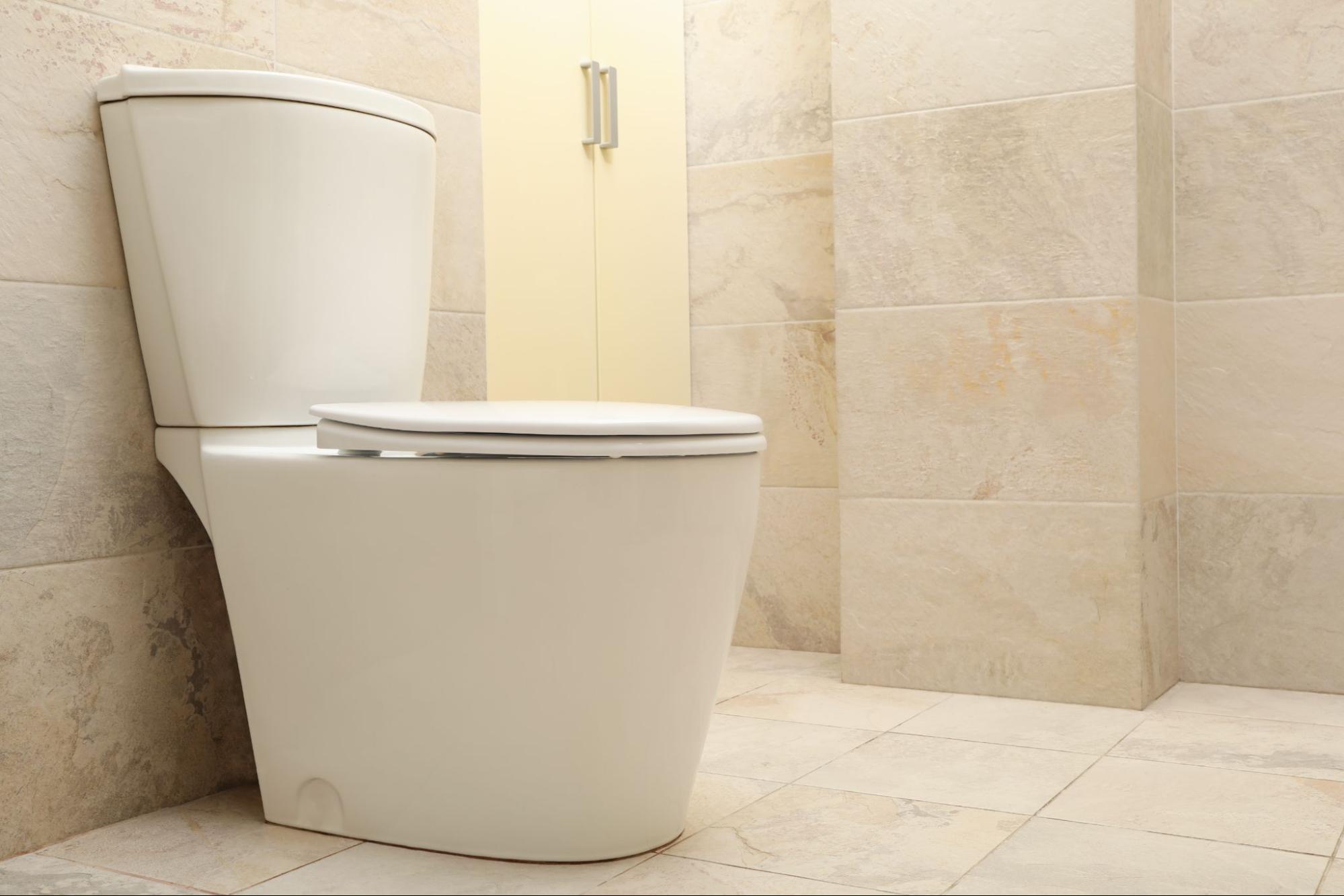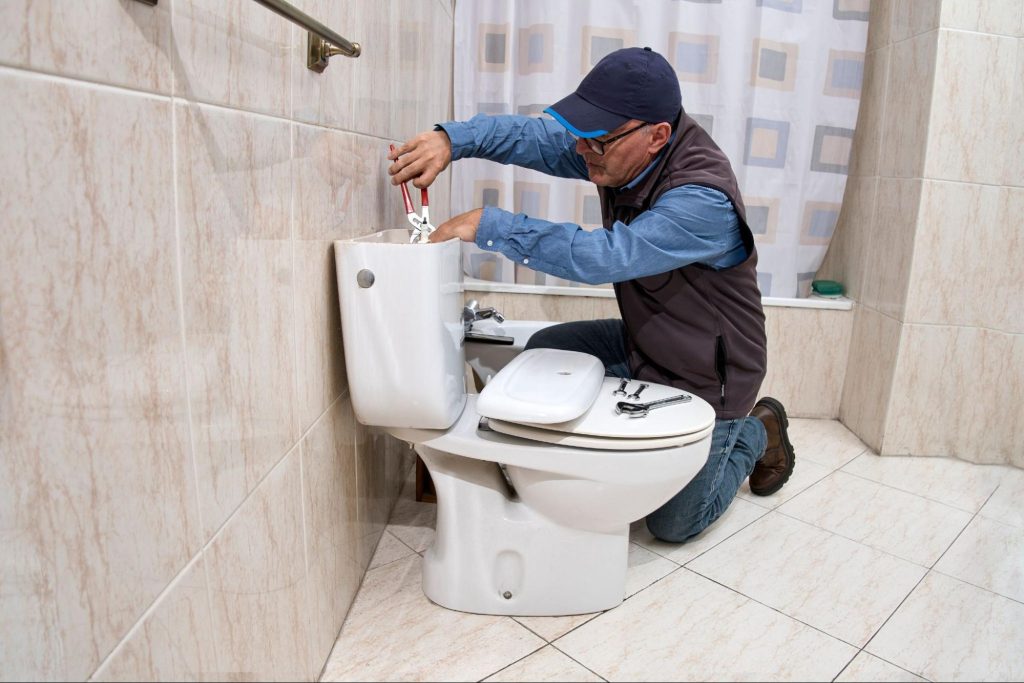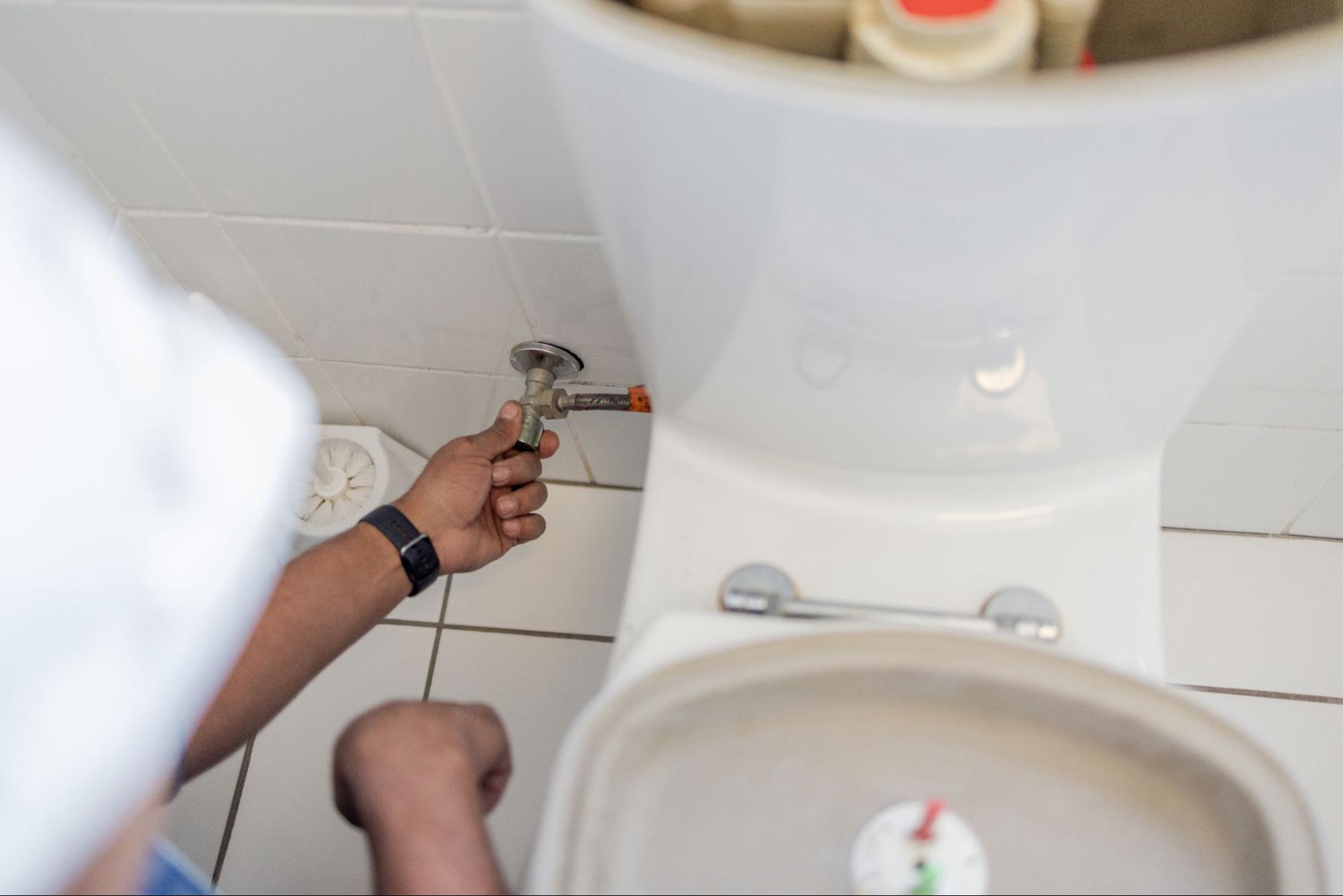
Toilets can be tricky. When they break down, it’s a real hassle. But don’t worry – many toilet issues are easy to fix on your own. With some basic know-how, you can save money and avoid calling a plumber.
Most toilet problems can be solved by checking the flapper, adjusting the fill valve, or unclogging the drain. These simple fixes often do the trick. For example, a running toilet can often be fixed by replacing the flapper at the bottom of the tank.
If your toilet is making strange noises, it might just need some lubricant on the seat hinges. For a toilet that won’t flush properly, you may need to adjust the water level in the tank. With a little patience and the right tools, you can tackle most toilet troubles yourself.

Toilets can develop various issues that affect their performance. Knowing how to spot and fix these problems can save you time and money.
A running toilet wastes water and increases your bill. To check for this issue, add a few drops of food coloring to the tank. If the color appears in the bowl without flushing, you have a leak.
The flapper is often the culprit. Inspect it for damage or debris. Clean or replace it if needed.
Check the chain connecting the flush lever to the flapper. If it’s too loose or tight, adjust it.
Examine the fill valve for proper function. If it’s not shutting off correctly, you may need to replace it.
For a clogged toilet, start with a plunger. Place it over the bowl’s opening and push down gently, then pull up sharply. Repeat until the water drains.
If plunging doesn’t work, try a toilet auger. Insert it into the bowl and turn the handle to break up the clog.
For slow-flushing toilets, check the rim jets under the toilet bowl rim. Clean them with a brush and vinegar to remove mineral buildup.
Ensure the water level in the tank is correct. Adjust the float if needed.
To find tank leaks, wipe it dry and wait for wet spots to appear. Tighten any loose bolts or nuts.
For bowl leaks, check the wax ring seal between the toilet and the floor. If it’s damaged, you’ll need to replace it.
Look for cracks in the tank or bowl. If you find any, it’s time for a new toilet.
Check the supply line connection. Tighten it if loose, or replace it if damaged.
The flapper often needs replacement. Turn off the water, flush to empty the tank, and unhook the old flapper. Install the new one and reattach the chain.
To replace the fill valve, turn off the water and flush. Unscrew the supply line and remove the old valve. Install the new one and reconnect everything.
For a new flush valve, you’ll need to remove the tank. This job might be best left to a pro.
When replacing parts, bring your toilet’s make and model to the store to ensure a proper fit.

Tackling complex toilet issues requires specialized knowledge and tools. These techniques go beyond basic fixes to address stubborn problems and improve overall toilet performance.
For running toilets that won’t stop, check the flapper valve for proper sealing. Replace it if worn or damaged. Adjust the chain length to ensure the flapper closes fully after each flush.
If your toilet is clogged frequently, use a toilet auger to clear deep blockages. Insert it carefully into the bowl and crank the handle to break up stubborn clogs.
For weak flushes, inspect the rim jets under the toilet bowl rim. Clean them with a wire hanger to remove mineral buildup. This improves water flow and flushing power.
Call a plumber if you notice water pooling around the base of your toilet. This may indicate a broken wax ring seal, which requires lifting the toilet to replace it.
Seek professional help for issues with your toilet’s water supply line or if you suspect problems with your septic system. These repairs often need specialized tools and expertise.
If you’ve tried multiple DIY fixes without success, a plumber can diagnose hidden issues and provide lasting solutions.
Consider upgrading to a low-flow toilet to save water and reduce your bills. Modern models use less than 1.6 gallons per flush while maintaining good performance.
When replacing your toilet, measure the rough-in distance from the wall to the center of the drain pipe. Choose a new toilet that matches this measurement.
Install a new wax ring seal during replacement. Apply it to the toilet flange, not the toilet base, for a proper seal. Tighten the bolts evenly to prevent leaks.
For areas prone to condensation, look into insulated toilet tanks. These reduce “sweating” on humid days, protecting your bathroom floor from water damage.
Remember to regularly clean and inspect your toilet to prevent problems before they start. With proper care, your toilet should provide years of trouble-free service.
If you’re not comfortable doing repairs yourself, consider calling a professional plumber. Kaminskiy Care and Repair specializes in toilet maintenance and can quickly resolve more complex issues. Contact us today
First, check the flapper valve at the bottom of the tank. If it’s not sealing properly, water will keep flowing. Next, examine the chain connecting the flush lever to the flapper. Adjust it if it’s too tight or loose.
Inspect the fill valve for any signs of wear or damage. If these steps don’t fix the issue, you may need to replace the fill valve or flapper.
Start by using a plunger to clear any blockages. If that doesn’t work, try a toilet auger to remove deeper clogs.
Check the water level in the tank. If it’s too low, adjust the float to increase the water level. Make sure the chain isn’t too long, preventing the flapper from opening fully.
Listen for constant running water or hissing sounds. Watch for water leaking around the base of the toilet.
Pay attention to weak flushes or if the bowl doesn’t refill properly after flushing. Strange noises during or after flushing can also indicate problems.
Check the water level in the tank. If it’s too low, adjust the float. Ensure the flush lever is connected properly to the flapper chain.
Clear any blockages in the rim jets under the toilet bowl rim. If these steps don’t work, you may need to replace the flush valve or call a plumber.